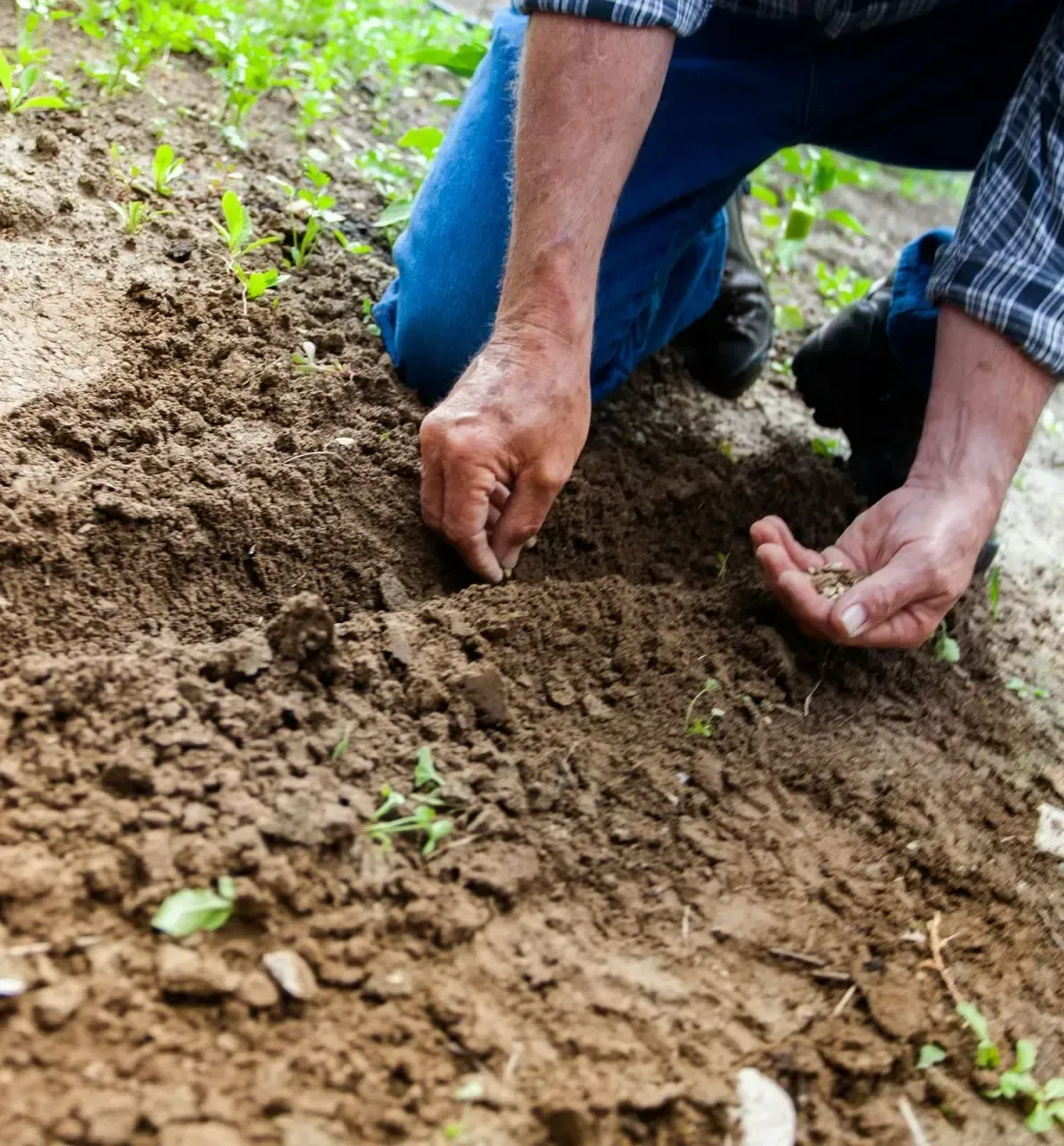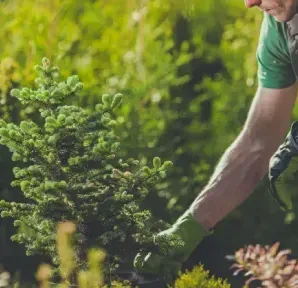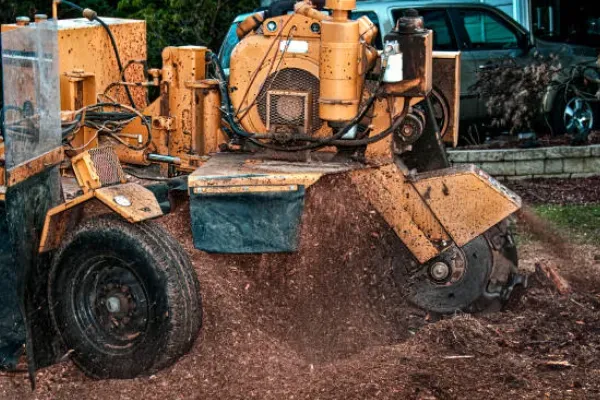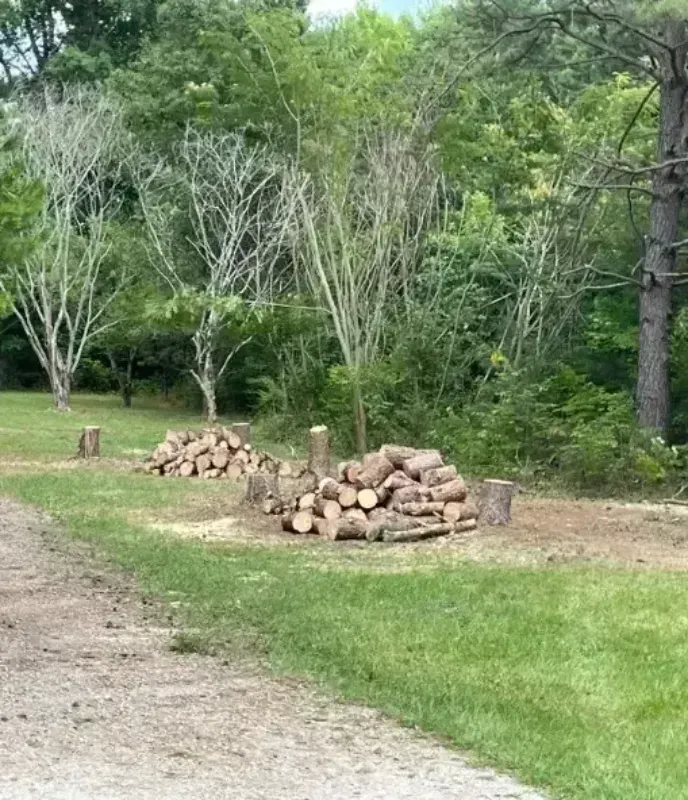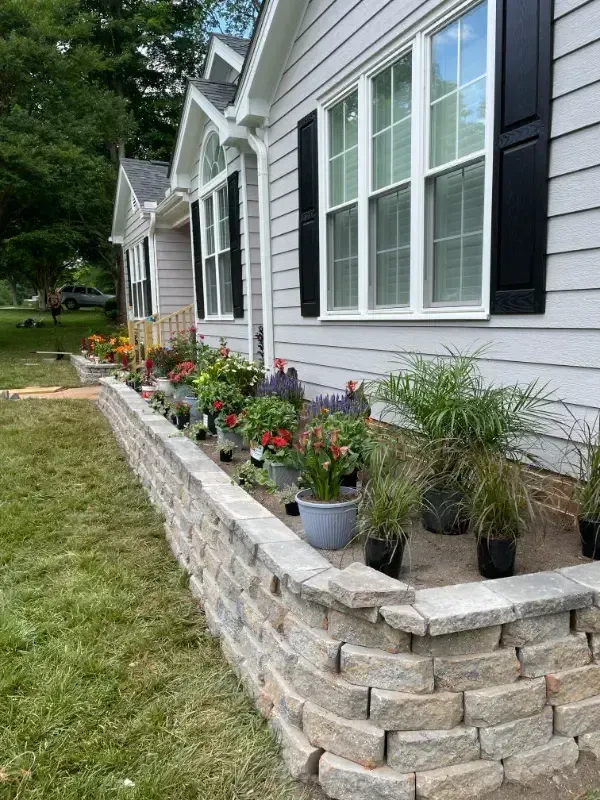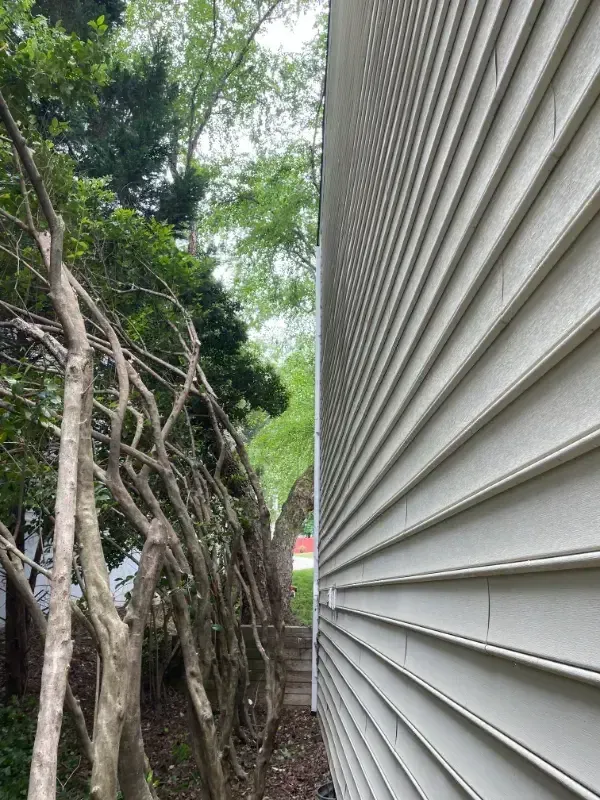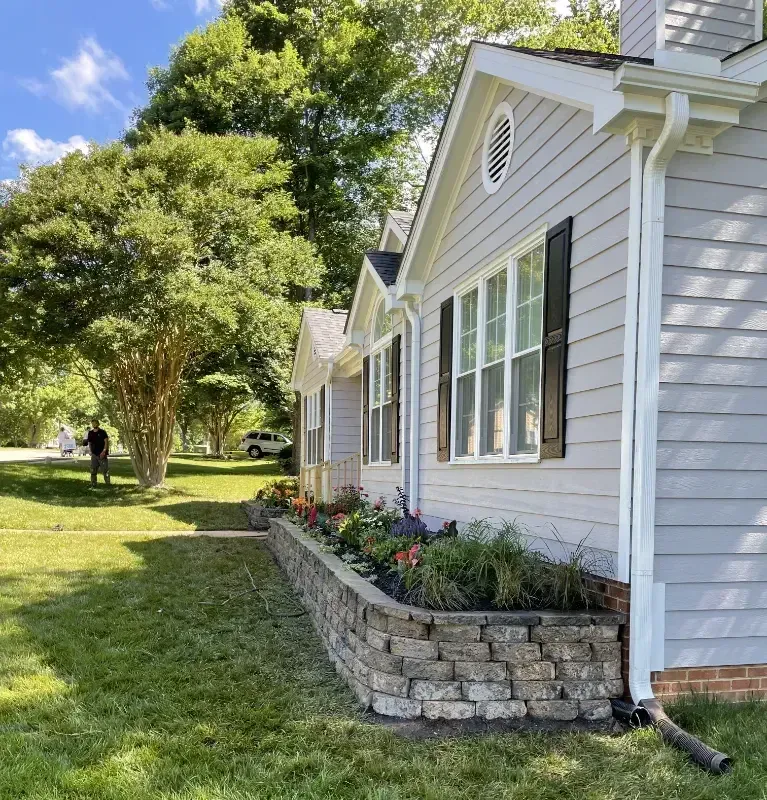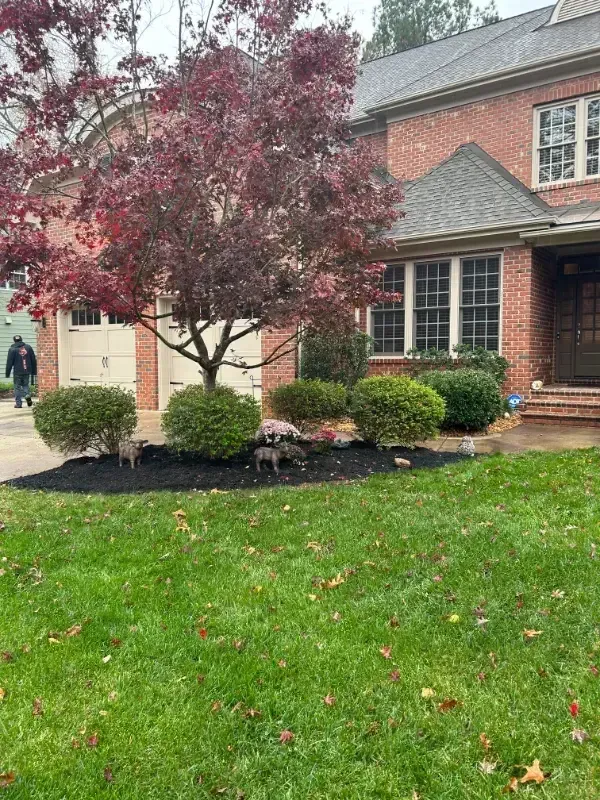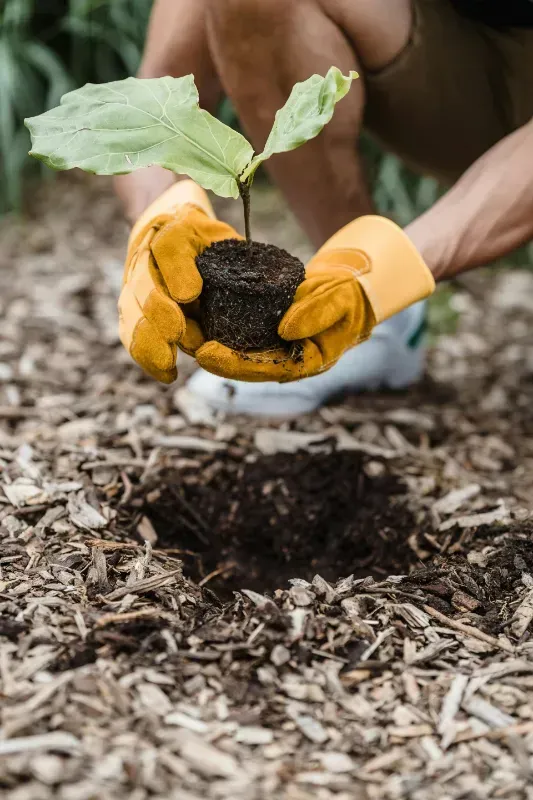Tree Pruning Tips and Tricks for Healthy Trees and Shrubs
The Role of Pruning in Supporting Robust Tree and Shrub Development
Tree pruning plays a key role in plant health. By removing dead, damaged, or diseased branches, we reduce the chance of decay spreading and help trees access the air and light they need to grow well.
Pruning also directs energy to healthier parts of the plant, encouraging better structure, stronger blooms, and more efficient root support. It is not just maintenance. It is an essential step toward long-term tree care and overall landscape health.
Timing Tree Pruning in Different Climates for Best Results
Timing matters in tree pruning, and climate plays a big role in getting it right. We adjust our approach based on the local environment to support tree health and recovery.
- Warm climates: Light pruning in summer is fine for managing shape or removing fast-growing shoots. Avoid heavy cuts during peak heat.
- Mild climates: Late winter to early spring is ideal. While trees are inactive, cuts recover fast as soon as the growing season returns.
- Cold climates: Stick to mid-winter. This avoids stimulating growth too early and prevents frost damage to fresh cuts.
Pruning is done with careful attention to the area’s growth conditions.
Tools Every Homeowner Needs for Pruning Success
Using proper pruning tools allows us to work effectively while safeguarding your trees’ health. Each tool has a purpose, and using the right one makes a cleaner cut and supports faster healing.
- Bypass pruners: Ideal for small branches and stems. With clean, careful cuts, they limit injury to the surrounding plant material.
- Loppers: Great for medium-sized limbs. Longer grips offer enhanced power for cutting through dense limbs.
- Pruning saw: Used for larger branches. Its curved blade helps cut through wood without tearing.
- Pole pruner: Reaches higher branches without a ladder. Allows shaping of trees without climbing.
- Disinfectant: Prevents the spread of disease. Between cuts and trees, we thoroughly clean our tools to prevent contamination.
- Protective gear: Gloves and eye protection help us work safely and avoid injury.
We always match the tool to the job for clean, effective results.
How to Identify Dead, Diseased, or Problematic Branches
When we approach tree pruning, we start by identifying what needs to go. Dead branches are brittle and lack buds, while diseased ones may show spots, fungus, or distorted leaves. Branches that cross or rub can cause damage over time and are best removed early.
The goal of pruning is to guide the tree’s shape deliberately while promoting its health and longevity. Every cut should serve a purpose, improving the tree’s form and reducing future risk. This methodical approach helps sustain the well-being of your entire landscape.
Pruning Techniques for Shrubs vs. Trees: Know the Difference
Shrubs can usually handle heavier pruning, especially when shaping or renewing growth. They respond well to both thinning and heading cuts, which give us control over size and form. Trees, however, require more precision and care.
When pruning trees, we always use the three-cut method on large limbs to avoid damaging the bark. A single poor cut near the trunk can lead to decay or disease. Understanding the right approach for each plant type helps us protect their structure and long-term health.
How Much Is Too Much? Avoiding Over-Pruning Mistakes
Over-pruning is a common mistake that can seriously impact tree health. Taking off more than a quarter of the canopy at once stresses the tree and limits its ability to produce energy through photosynthesis. The tree becomes exposed and struggles to recover.
We always recommend starting with what is dead, damaged, or hazardous. From there, we make gradual adjustments to improve form or light access. When in doubt, prune in phases. This approach protects the tree and improves its future growth.
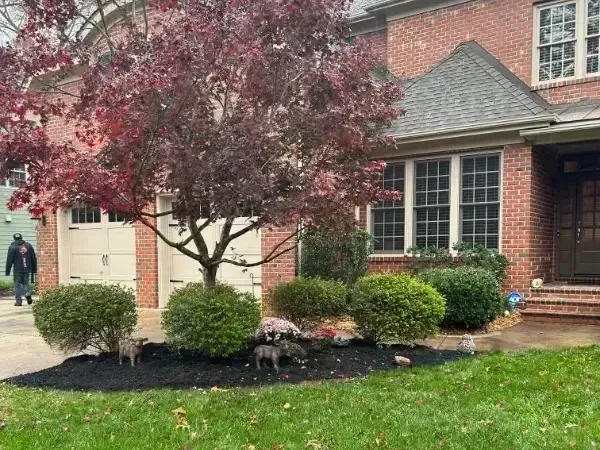
The Role of Pruning in Pest and Disease Prevention
Tree pruning plays an important role in preventing pest issues and disease. Dead branches attract insects and fungi, while dense canopies hold moisture that encourages decay. Without intervention, these conditions can worsen in no time.
When we remove weak, damaged, or crowded limbs, we improve airflow and reduce the chance of infection. Pruning is not just cleanup. It is part of a long-term health plan for your trees and shrubs. Regular attention helps your landscape stay healthier and more resilient over time.
Essential Safety Guidelines for Tree Pruning
Safety is a priority every time we prune. Even small trees can pose serious risks if the right precautions are not in place. Ladders should always be stable, cuts should be directed away from your body, and any work near power lines or rooftops should be left to trained professionals.
If a limb is out of reach or looks too heavy to handle, it is time to call in help. Knowing when to step back is part of responsible tree care.
The Lasting Impact of Routine Tree and Shrub Maintenance
Tree pruning is not a quick fix. It is part of an ongoing strategy to keep your landscape healthy and resilient. With regular attention, trees develop stronger structures, stay safer in storms, and maintain a natural shape. Shrubs respond with fuller blooms and fewer pest issues.
At Executive Tree Service, we partner with homeowners who want results that last. Whether you need seasonal maintenance or storm recovery support, we are here to provide consistent, expert care that helps your trees thrive year after year.
When to Call a Professional for Pruning Assistance
Some tree pruning jobs go beyond what most homeowners should handle alone. Large limbs, mature trees near buildings, or trees with signs of disease need more than a ladder and clippers. They require knowledge, skill, and the right tools to do the job safely and correctly.
At
Executive Tree Service NC in Creedmoor, we bring professional care and local experience to every project. Let us handle the heavy lifting so your trees stay healthy and your property stays protected. Call us today at
(919) 702-5904 to schedule a consultation for your next tree pruning project.
